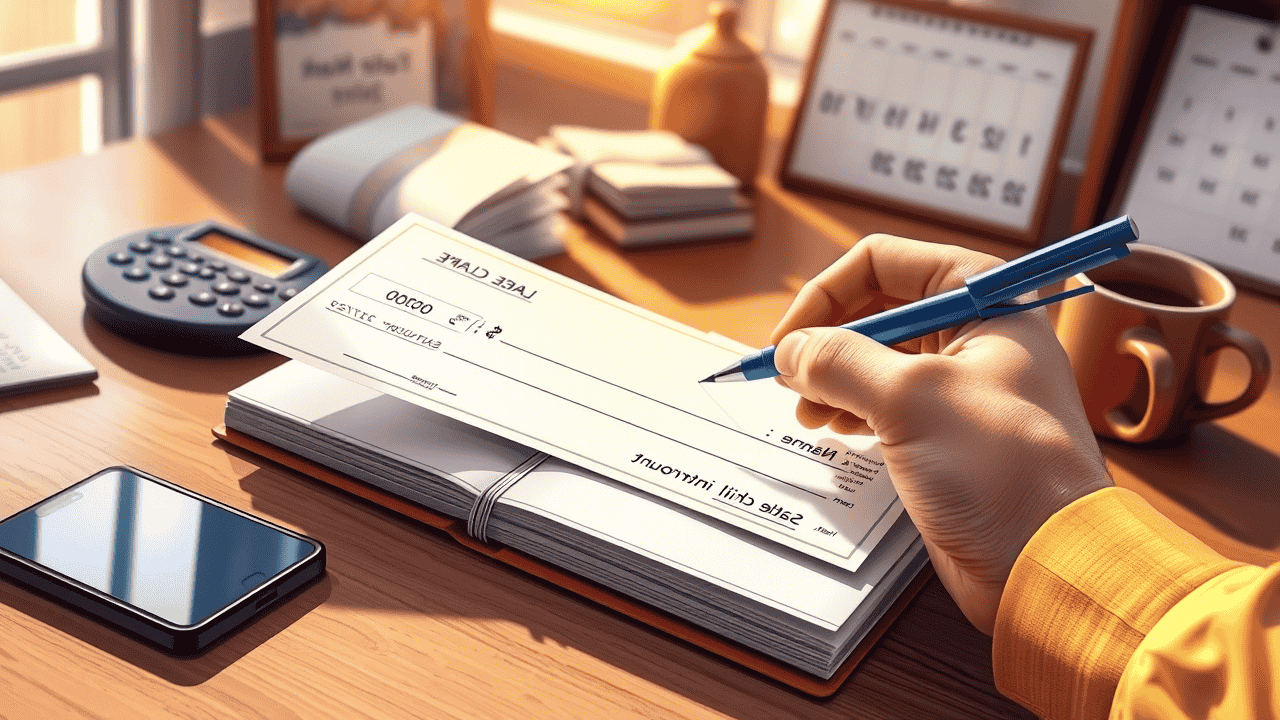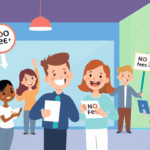Ever stared at a blank check, pen in hand, wondering if you’re about to make a costly mistake? You’re not alone. While digital payments dominate today’s financial landscape, knowing how to properly write a personal check remains an essential skill that can save you from fraud, payment delays, and embarrassing financial mishaps.
Banks have specific recommendations for check writing that most people never learn – until today. This comprehensive guide reveals the exact 7-step method financial professionals use to write secure, error-free checks every time.
Why Proper Check Writing Still Matters in 2025
Despite the surge in digital payments, personal checks remain crucial for certain transactions. Rent payments, small business dealings, and gifts to family members often still rely on this traditional payment method. According to the Federal Reserve, Americans wrote over 3.8 billion checks last year, representing $7.4 trillion in value.
When written incorrectly, checks can bounce, be altered by fraudsters, or cause processing delays. The American Bankers Association reports that improperly written checks cost consumers over $2 billion annually in fees and fraud losses.
Let’s dive into the bank-recommended method that prevents these costly mistakes.
The 7-Step Personal Check Writing Method Banks Actually Recommend
Step 1: Date the Check Properly
Always use the current date when writing a check. Financial experts caution against postdating (using a future date) as banks may process the check regardless of the date written.
Pro Tip: Write the date in MM/DD/YYYY format to avoid confusion, and use blue or black ink only – never pencil or gel pens that can be easily altered.
Step 2: Write the Full Name of the Recipient
In the “Pay to the Order of” line, write the complete legal name of the person or business receiving payment. Avoid using nicknames, abbreviations, or partial names.
What Banks Say: “Always verify the correct spelling of the recipient’s name before writing it on the check,” advises James Reynolds, former VP at Chase Bank. “An improperly named payee is one of the top reasons checks get rejected during processing.”
Step 3: Write the Amount in Numerals
In the box on the right side of the check, write the payment amount in numbers, starting as far to the left as possible to prevent alterations. Include cents even for whole dollar amounts (e.g., “$100.00” not just “$100”).
Security Measure: Draw a line after the amount to fill any remaining space, preventing fraudsters from adding digits.
Step 4: Write the Amount in Words
On the line below the recipient’s name, write out the dollar amount in words, followed by the cents as a fraction over 100. For example, “$1,542.63” would be written as “One thousand five hundred forty-two and 63/100.”
Critical Detail: Draw a line through any unused space to the word “Dollars” to prevent modifications.
Step 5: Add a Specific Memo
The memo line in the bottom left corner serves an important purpose beyond basic record-keeping. Banks recommend always filling this field with specific transaction details.
Fraud Prevention: A detailed memo creates an additional verification point if disputes arise. Include invoice numbers, account numbers, or specific services rendered whenever possible.
Step 6: Sign with Your Official Signature
Your signature should match the one on file with your bank. Sign only after completing all other fields to prevent someone from altering the check details.
Bank Warning: “Inconsistent signatures trigger automatic fraud alerts in banking systems,” explains Sarah Michaels, banking security expert. “Use your official signature exactly as it appears on your bank records.”
Step 7: Record the Transaction Immediately
While technically not on the check itself, banks strongly recommend recording every check in your register immediately after writing it.
Financial Protection: Note the check number, date, recipient, amount, and purpose. This crucial step prevents overdrafts and helps identify unauthorized transactions during bank statement reconciliation.
Common Check Writing Mistakes to Avoid
Beyond following the 7-step method, financial institutions warn against these frequent errors:
- Using Abbreviations: Never abbreviate months in the date or use shorthand for recipient names.
- Correcting Mistakes: Never scratch out errors. If you make a mistake, write “VOID” across the check and start with a new one.
- Signature Inconsistency: Your signature should match the one your bank has on file. Significant variations could cause rejection.
- Memo Line Omission: Always use the memo line to specify the payment purpose, even for personal transactions.
- Illegible Writing: Print clearly rather than using cursive to ensure readability during processing.
Digital Alternatives to Consider
While knowing proper check writing remains important, several secure alternatives exist:
- Electronic Fund Transfers (EFTs) provide immediate, traceable payments between accounts
- Payment apps like Venmo, Zelle, and Cash App offer convenience for person-to-person transfers
- Credit/debit cards provide fraud protection and transaction records
However, understanding check fundamentals remains essential for situations where traditional payment methods are required or preferred.
The Lasting Importance of Check Writing Skills
In today’s rapidly evolving financial landscape, proper check writing remains a fundamental skill. By following this bank-recommended 7-step method, you’ll protect yourself from fraud, avoid costly mistakes, and ensure your payments process smoothly.
Remember that each step serves multiple purposes: conveying payment information, creating a legal record, and implementing security measures that prevent unauthorized alterations.
Have you encountered check processing issues because of improper formatting? Share your experiences in the comments below, and be sure to bookmark this guide for future reference when you need to write that perfect check.










